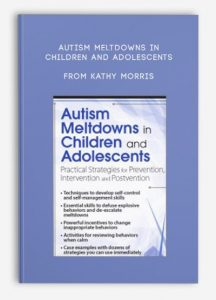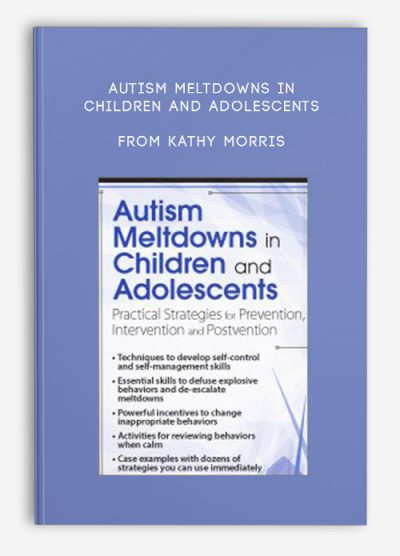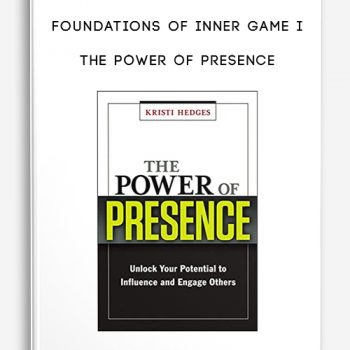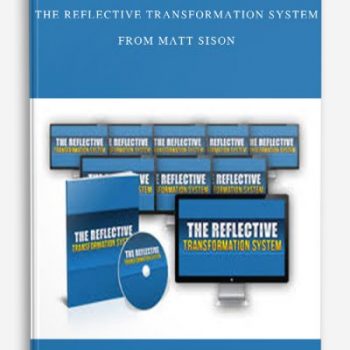 Autism Meltdowns in Children and Adolescents from Kathy Morris
Autism Meltdowns in Children and Adolescents from Kathy Morris
More information about Medical:
Medicine is the science and practice of establishing the diagnosis, prognosis, treatment, and prevention of disease.
Medicine encompasses a variety of health care practices evolved to maintain and restore health by the prevention and treatment of illness.
Contemporary medicine applies biomedical sciences, biomedical research, genetics, and medical technology to diagnose, treat, and prevent injury and disease,
typically through pharmaceuticals or surgery, but also through therapies as diverse as psychotherapy, external splints and traction, medical devices, biologics, and ionizing radiation, amongst others.
Medicine has been around for thousands of years, during most of which it was an art (an area of skill and knowledge) frequently having connections to the religious and
philosophical beliefs of local culture. For example, a medicine man would apply herbs and say prayers for healing, or an ancient philosopher and physician would apply bloodletting according to the theories of humorism.
In recent centuries, since the advent of modern science, most medicine has become a combination of art and science (both basic and applied, under the umbrella of medical science).
While stitching technique for sutures is an art learned through practice, the knowledge of what happens at the cellular and molecular level in the tissues being stitched arises through science.
Outline:
Functions of a Meltdown
- Tantrum vs. meltdown
- Stages of a meltdown
- Sensory issues vs. behavior issues
- Meltdown video
Strategies for the Meltdown Cycle: Intervention, Prevention and Post-vention
- Sensory Issues
- Optimal learning environments
- Easy-to-use sensory tools
- Overstimulation and sensory breakdowns
- Incorporate a sensory lifestyle throughout the day
- Executive Function
- Increase attention and focus
- Strengthen motivation and engagement
- On-task and task completion skills
- Visual reminders for routines and predictability
- Visual structure for organization
- Self-Regulation
- Develop self-control and self-monitoring skills
- Tools for self-feedback
- Use high focus and interest areas as powerful incentives to change behavior
- Social/Emotional Communication
- Communication for positive social interaction
- Appropriate interactions with their peers
- First-person stories for positive behavior changes and affirmations
- Explosive Behaviors
- Recognize the triggers
- Alleviate anxiety
- Modeling appropriate behavior
- Defuse explosive behaviors
- Decrease maladaptive behaviors
- Increase appropriate behaviors
- Special Considerations
- Collaboration with parents/caregivers
- Strategies for helping the parent/caregiver with grief
Techniques for After the Meltdown
- Strategies for instructional consequences
- Chart appropriate/inappropriate behaviors
- Activities for reviewing behaviors when calm
- Use cartooning to facilitate feedback
- Strategies for providing systematic feedback
- Reinforcement for communication strategies
- Identify feelings and review behavior
Hands-on and Small Group Activities
- Demonstration video
- Small group exercises: Brainstorm appropriate and meaningful replacement behaviors
Description:
- Techniques to develop self-control and self-management skills
- Essential skills to defuse explosive behaviors and de-escalate meltdowns
- Powerful incentives to change inappropriate behaviors
- Activities for reviewing behaviors when calm
- Case examples with dozens of strategies you can use immediately
Do you work with children and adolescents with autism who exhibit behaviors that interfere with their ability to effectively and efficiently navigate their environment? They appear willful, obnoxious, over reactive, and unfeeling. They lose control of their ability to cope or regulate their behavior, which can send them spiraling into a meltdown. And, you feel frustrated, powerless and helpless after each meltdown.
Drawing on over 40 years of professional and personal experience, Kathy will lead you through dynamic discussion, video case examples and demonstrations providing dozens of strategies you can implement immediately with these children/adolescents—in any setting. Walk away with an array of practical strategies for:
- Preventing and de-escalating meltdowns
- Teaching and promoting appropriate behaviors
- Providing instructional consequences/replacement behaviors
- Developing self-control and self-management skills
- … and more!
“Teach them in the way they learn” will be a mantra throughout the seminar.













tristian –
This is Digital Download service, the course is available at Coursecui.com and Email download delivery.